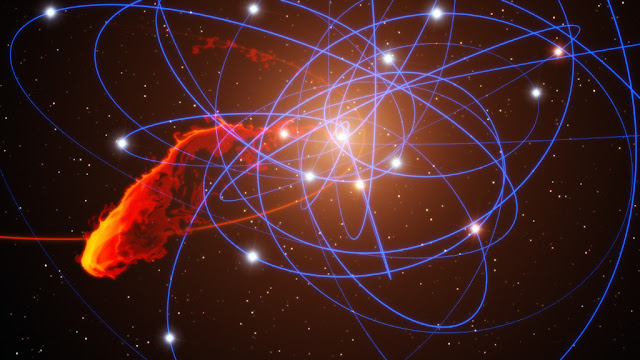MIT Experiments with Overunity
The idea that a serious academic institution such as the Massachusetts Institute of Technology would seriously do research in the area of zero point energy seems radical. But it appears to be happening.
Starting Small
There is an old adage for success that you have to start small. While the MIT experiments with overunity involve a small amount of excess electricity generated, it is a step in the right direction. The scientists are working on an LED diode that has a measureable power emission of greater than 100 percent. From an input of 30 picowatts of power, it generates 69 picowatts. A picowatt is one trillionth of a watt.
Conflict with the Laws of Physics
This result is apparently a contradiction to the first law of thermodynamics which states that you can only gets as much energy out of a system than you put into it. This is one of the most common objections to the idea of perpetual motion machines. The key in this particular experiment is that the energy appears to have come from an outside source in the form of lattice vibrations. The measured electrical output efficiency was 100 percent – no more, no less.
The Reasonable Explanation that Overunifies
But here is the thing. During the experiment the voltage was cut in half, but while the electrical power was reduced by a factor of four, the light emissions were reduced only by a factor of two. The question is then what does this mean for the possibility of overunity magnetic generators. The answer is very positive because if the goal is creating a technology that generates more power than is input, the fact that natural energy from the environment adds to the measured output does not affect the end result. Purists may find this difficult to accept, but that leaves the question of what really is the goal of creating an overunity power generator. That goal should be to reduce the cost of electricity for everyone while being environmentally friendly in the same package.
Learn more: Off The Grid using Earth's Magnetic Core Energy in 11 days. Here's How
Starting Small
There is an old adage for success that you have to start small. While the MIT experiments with overunity involve a small amount of excess electricity generated, it is a step in the right direction. The scientists are working on an LED diode that has a measureable power emission of greater than 100 percent. From an input of 30 picowatts of power, it generates 69 picowatts. A picowatt is one trillionth of a watt.
Conflict with the Laws of Physics
This result is apparently a contradiction to the first law of thermodynamics which states that you can only gets as much energy out of a system than you put into it. This is one of the most common objections to the idea of perpetual motion machines. The key in this particular experiment is that the energy appears to have come from an outside source in the form of lattice vibrations. The measured electrical output efficiency was 100 percent – no more, no less.
The Reasonable Explanation that Overunifies
But here is the thing. During the experiment the voltage was cut in half, but while the electrical power was reduced by a factor of four, the light emissions were reduced only by a factor of two. The question is then what does this mean for the possibility of overunity magnetic generators. The answer is very positive because if the goal is creating a technology that generates more power than is input, the fact that natural energy from the environment adds to the measured output does not affect the end result. Purists may find this difficult to accept, but that leaves the question of what really is the goal of creating an overunity power generator. That goal should be to reduce the cost of electricity for everyone while being environmentally friendly in the same package.
Learn more: Off The Grid using Earth's Magnetic Core Energy in 11 days. Here's How

Post a Comment